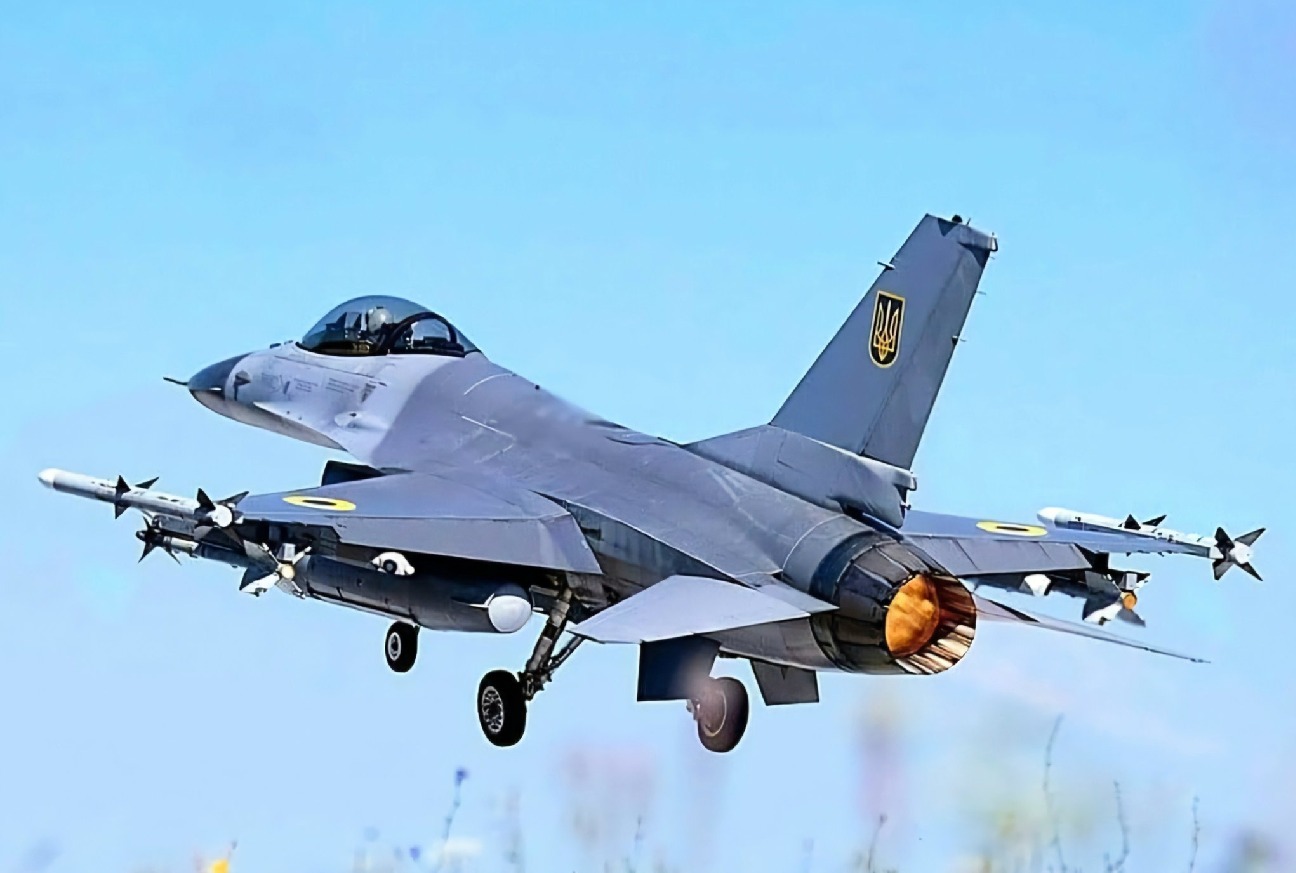The United States is reportedly redirecting its training focus for Ukrainian F-16 pilots from experienced Air Force personnel to young cadets, according to the Wall Street Journal, citing American officials.
This decision is likely to extend the timeline for Kyiv’s receipt of a fully operational squadron of Western-made aircraft by several months, raising concerns amidst Ukraine’s urgent need for enhanced air capabilities.
According to unnamed US officials speaking to The Wall Street Journal, this shift stems from a shortage of experienced Ukrainian pilots equipped with the requisite English language skills to engage in Western-style training.
Moreover, some officials believe younger cadets may be more adaptable to the instructional methods favored by Western military trainers.
The ongoing training program, which has been in place for the past year, has taken place at three key locations: Morris Air National Guard Base in Arizona, the recently closed Danish military air base in Skrydstrup, and the newly inaugurated Fetești Training Center in Romania.
Twelve pilots have successfully completed the training so far, and eleven are now actively flying in Ukraine. A new cohort of eight pilots is expected to return early next year following their training in Arizona.
At the same time, cadets who have just completed their foundational training on the Alpha Jet in France are now embarking on their advanced F-16 training in Romania.
A senior Pentagon official noted, “It is a mix. Some have been experienced pilots, and we still are receiving more experienced pilots. But there are also those who do not have that kind of pilot training and experience.”
The inclusion of more cadets into the program means that these aspiring pilots will need to undergo an initial year of basic flight training in the UK and France before advancing to the specialized F-16 course in Arizona and Romania.
This requirement elongates the timeline, with estimates suggesting that a full squadron—comprising 20 planes and 40 pilots—may not be deployable until spring or summer 2025 at the earliest.
Nevertheless, the US Air Force expects this approach to bolster effectiveness in the War in Ukraine and facilitate the Ukrainian Air Force’s alignment with NATO.
Challenges In F-16 Training
As stated, US officials have said that Ukrainian trainees are facing difficulties with certain aspects of the F-16 training program, particularly training in the English language.
Many trainees have struggled with translating the English-language manuals, which are essential for mastering the F-16 fighter jet. This language barrier has led to some pilots, particularly those who began their training in Denmark, being unable to complete the program.
American instructors have also reported that some Ukrainian pilots, particularly those from the initial group, were resistant to the Western training methods. These pilots, who have experience flying Soviet-era MiG fighter jets, had recently returned from active combat.
While NATO instructors follow established procedures, Ukrainian pilots are operating under the pressing needs of their war against Russia and often bring more recent combat experience to the table than their Western trainers. This situation has created friction between NATO instructors and Ukrainian trainees.
Meanwhile, the recent crash of Ukraine’s first F-16 during a Russian missile strike on August 26 has intensified concerns about whether pilots are being rushed into combat without sufficient preparation.

Ukrainian pilot Oleksii Mes, who tragically died in the crash, had only recently completed his training. Following the crash, Ukrainian President Volodymyr Zelensky dismissed Air Force Commander Mykola Oleshchuk, although officials insisted the decision was unrelated to the incident.
Critics argue that while Western pilots typically take years to become fully proficient in the F-16, Ukrainian pilots are being pushed through a fast-tracked training schedule of just six to nine months.
Retired Air Marshal Anil Chopra previously discussed the risks of this accelerated process with the EurAsian Times.
He explained that beyond basic flight training, pilots need additional training in areas like armaments, electronics, and warfare tactics to be truly combat-ready. Rushing through this comprehensive process, he warned, could lead to significant risks.
Chopra also noted that it was anticipated Ukraine would lose some of its F-16s in the early stages of their deployment, either in the air or on the ground.
The investigation into the crash remains ongoing, with possible causes ranging from pilot error to technical malfunctions or even friendly fire from Ukraine’s own air defense systems. There is also speculation that the crash could have been caused by debris from a target shot down during the combat mission.
- Contact the author at ashishmichel(at)gmail.com
- Follow EurAsian Times on Google News




